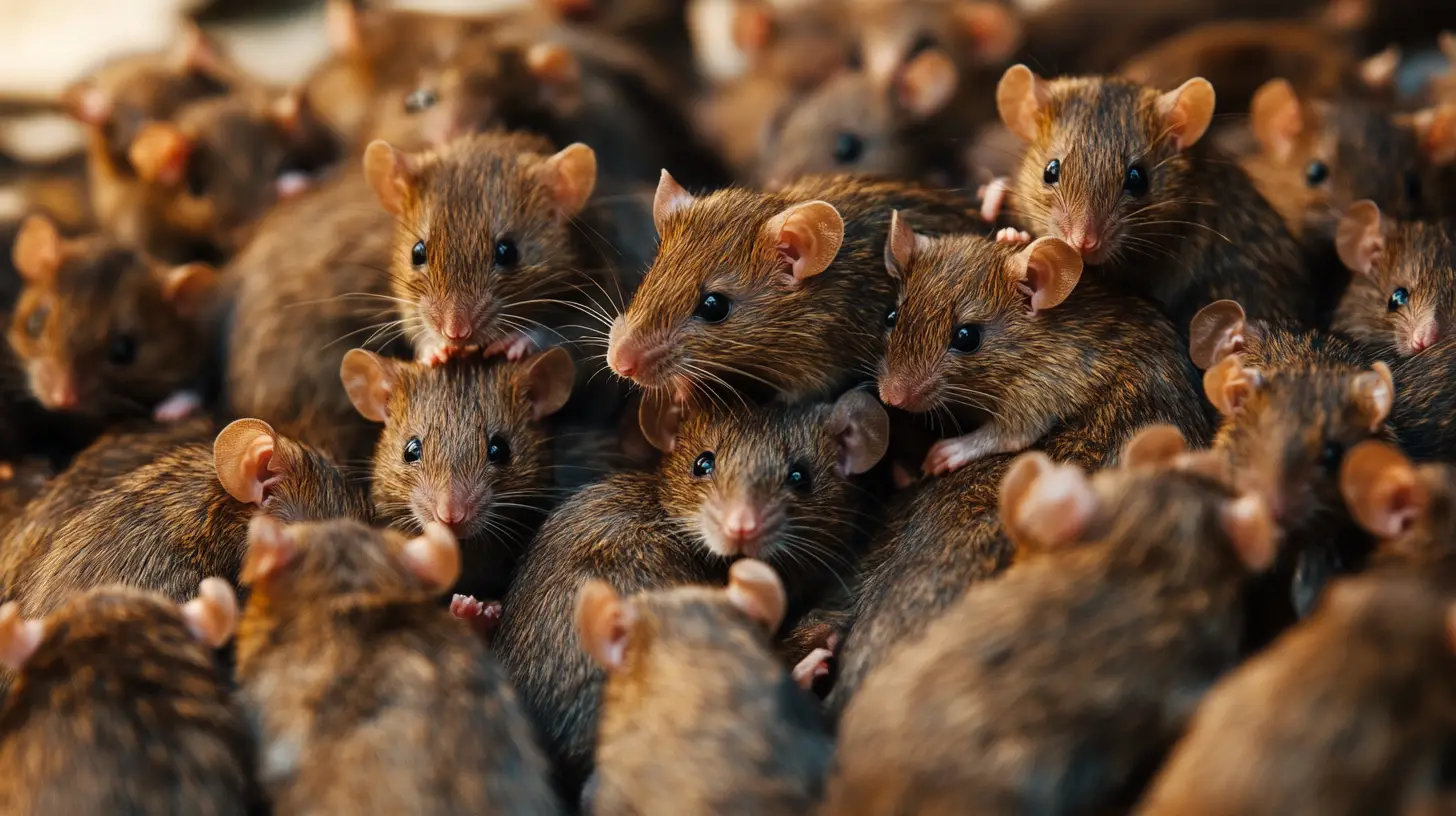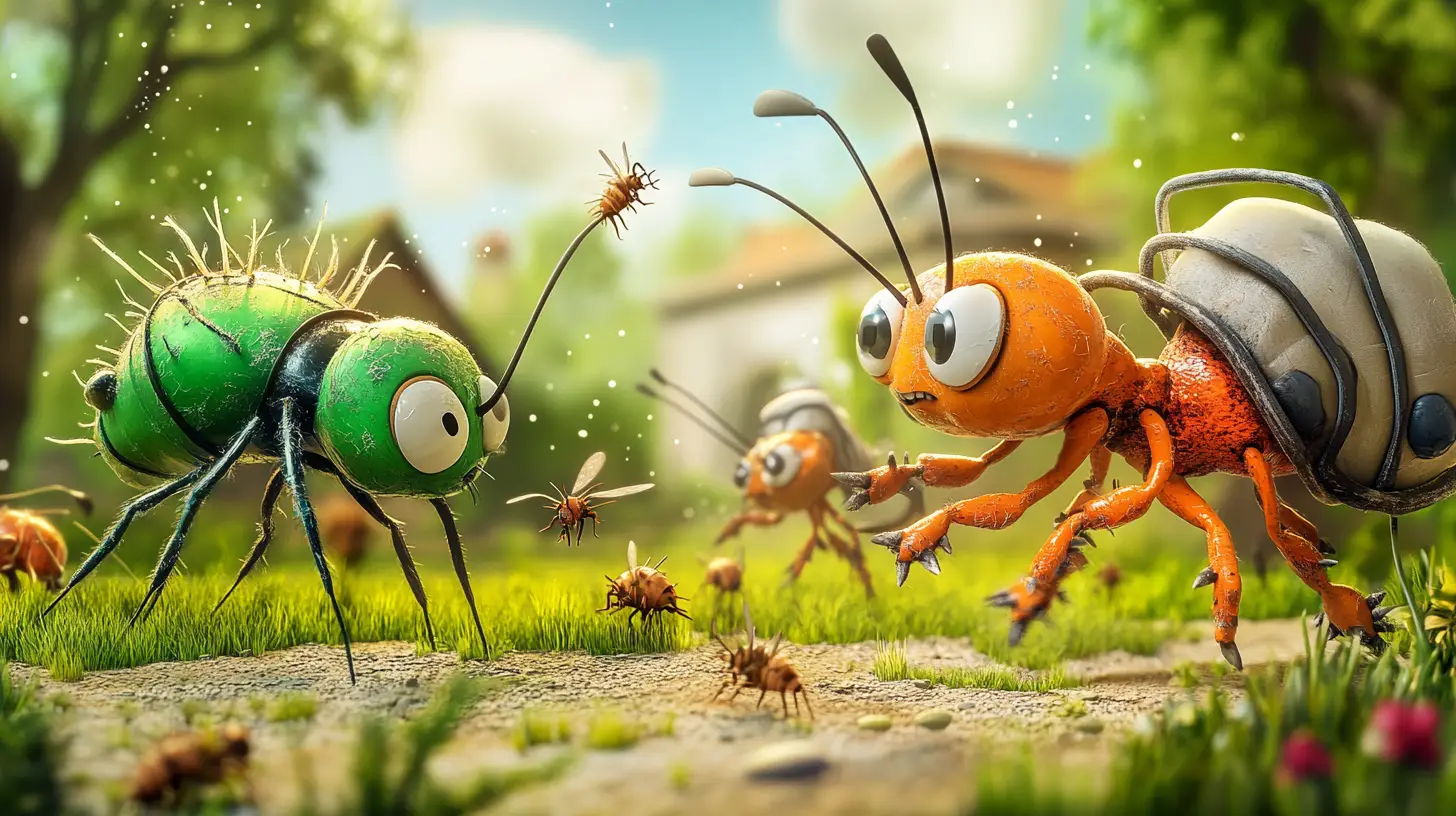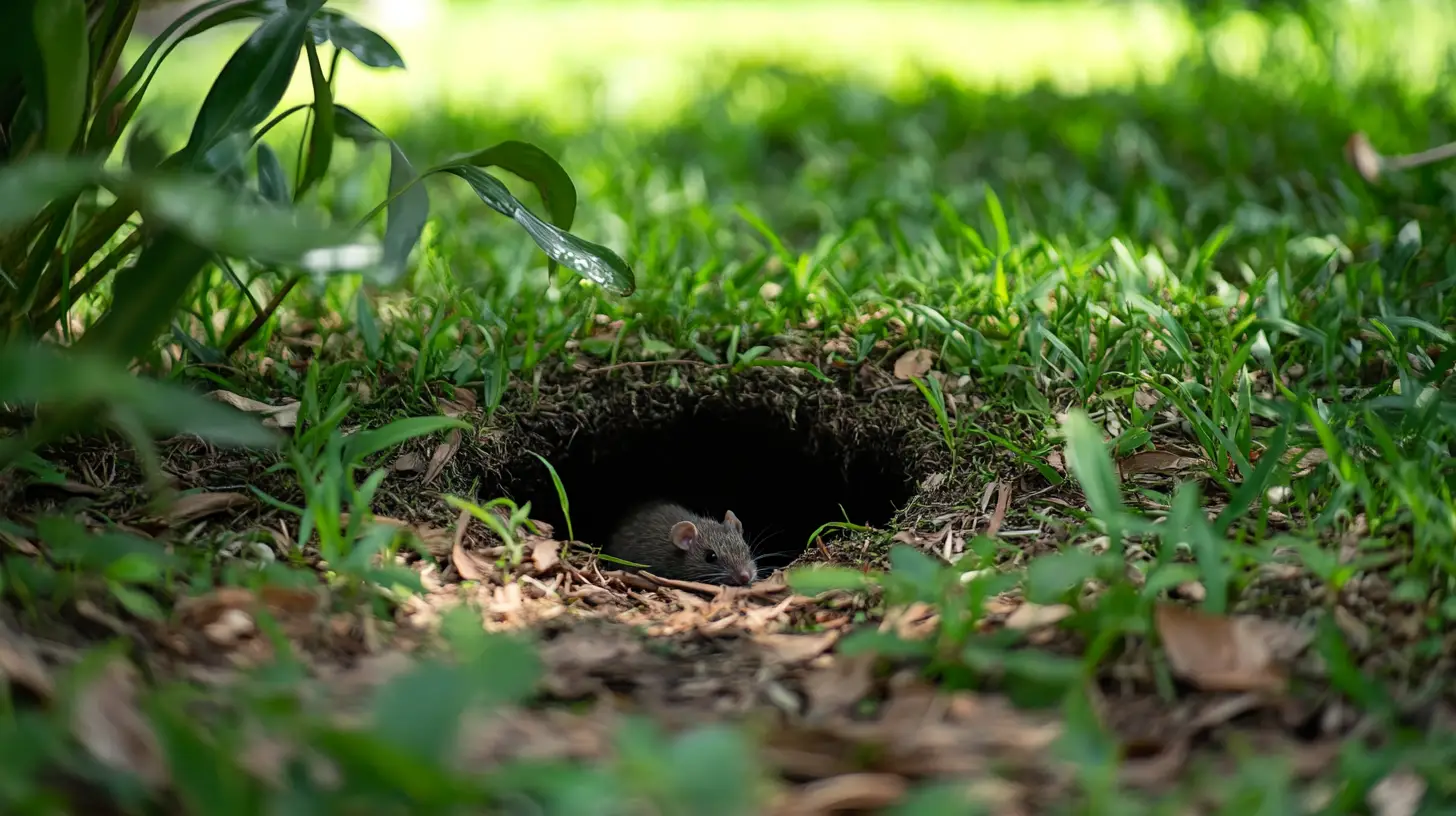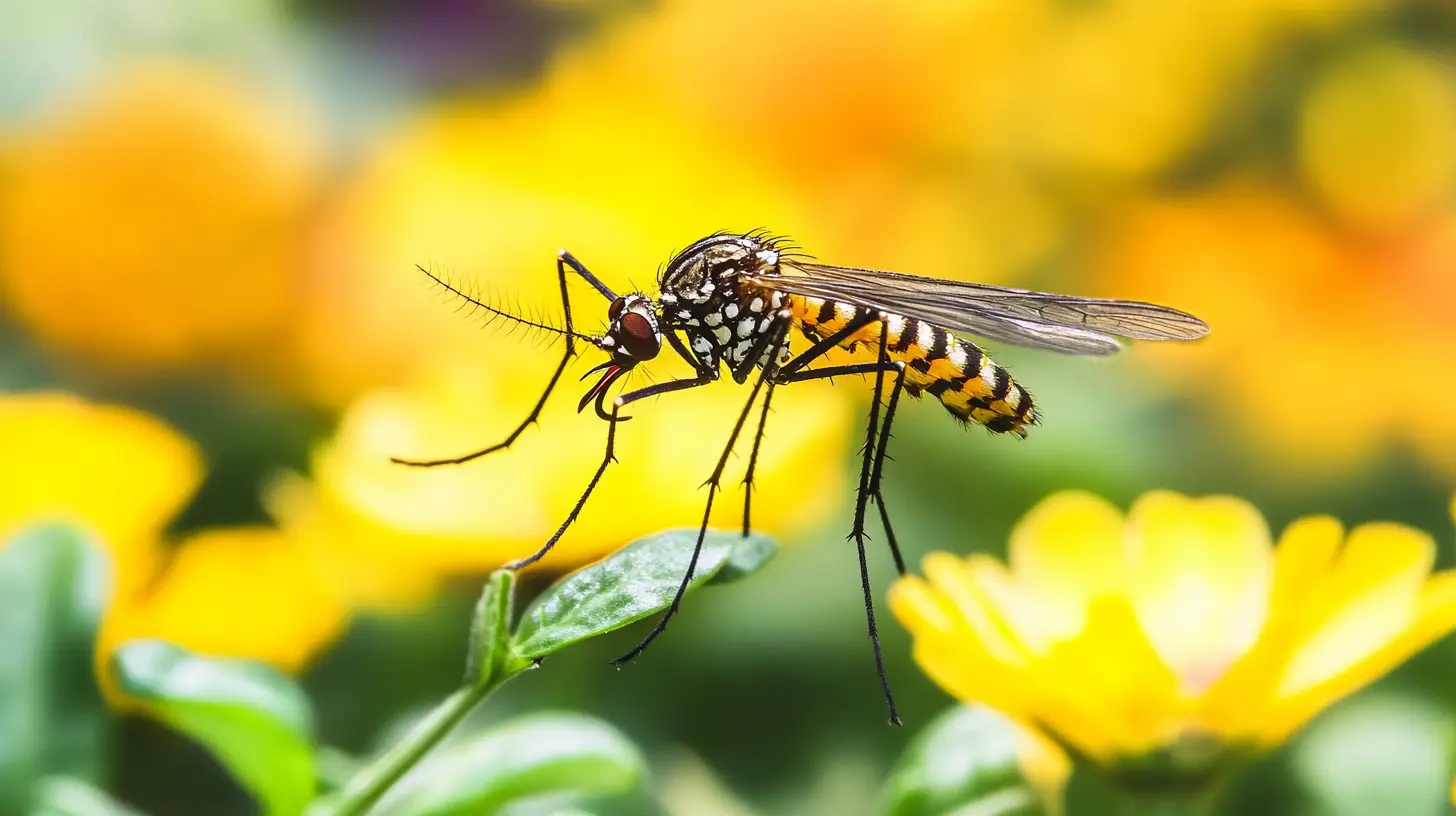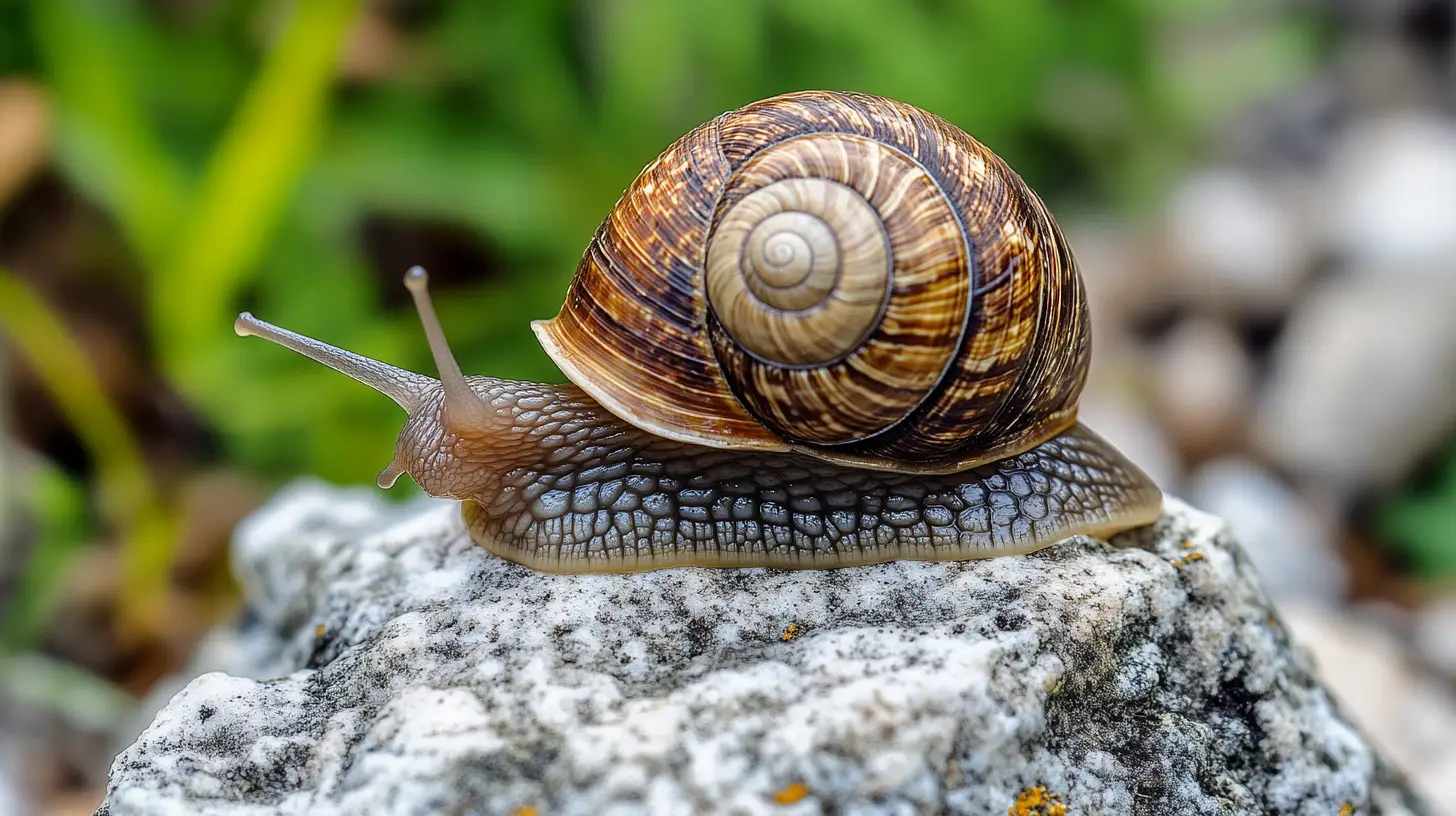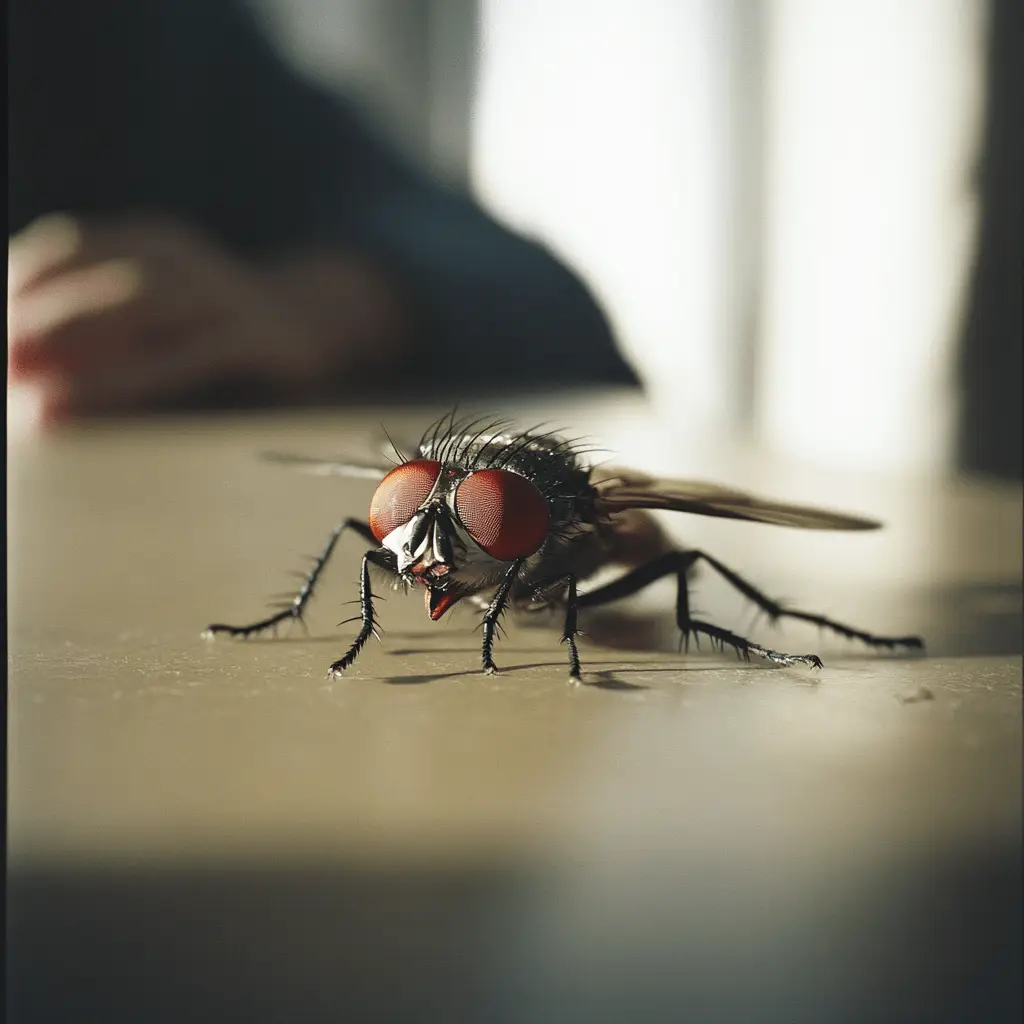
Table of Contents
If you’re a Lakewood Ranch resident dealing with pesky drain flies, you’re not alone. These tiny, winged nuisances thrive in the moisture-rich environments of your home, particularly around sinks and drains. While they might seem harmless, drain flies can quickly become a persistent problem if left unchecked. Understanding their biology and behavior is key to effectively managing them.
Drain flies, also known as sewer flies or moth flies, because of their fuzzy, moth-like appearance. Their wings and bodies are covered in hair, giving them a distinctive furry texture. Drain flies breed and thrive in stagnant, nutrient-rich water, often found in sinks, drains, and sewage systems. They feed on the organic matter and sludge that accumulates in these areas.
As their main role is breaking down organic matter, their presence in your home indicates underlying issues in your drainage system. These flies breed in the gelatinous film found in pipes, making your sink a perfect breeding ground. Drain flies are most active at night, resting during the day on walls and other surfaces. They are attracted to light, so you may see them near light sources in the evening.
By learning how to get rid of drain flies, you can reclaim your home and ensure a cleaner, healthier environment. Jump into expert insights on how to tackle drain flies efficiently and prevent them from returning.
Key Takeaways
- Drain flies thrive in moist, organic-rich environments, making home drains and sinks ideal breeding grounds.
- Effective measures to eliminate drain flies include maintaining clean and dry drains, using boiling water, baking soda with vinegar, and microbial drain cleaners.
- Distinguishing between drain flies and fruit flies is crucial for targeting the right fly control methods.
- Recognizing signs of a drain fly infestation, like adult fly sightings and organic buildup in pipes, is essential for timely intervention.
- Preventive strategies include solving plumbing issues, ensuring proper ventilation, and routine drain cleaning to deter future infestations.
Understanding Drain Flies
Drain flies, often called moth flies or sewer gnats, are small pests that thrive in damp environments. Their presence may be annoying, but understanding their biology helps in managing and eliminating them effectively. These flies are usually around 1/8 inch in length, with fuzzy bodies and wings that may resemble tiny moths. You often find them breeding in areas with stagnant water, particularly where organic material accumulates like in drains, septic tanks, and sewer lines.
Drain flies only live for about 8 to 24 days, but they breed rapidly. A female drain fly can lay 30 to 100 eggs at a time, which hatch into larvae in less than two days. This rapid reproduction cycle can make infestations grow quickly.
Upon hatching, the larvae feed on this organic matter, which contributes to their rapid multiplication. Recognizing these breeding grounds is crucial in addressing the root of the infestation and getting rid of drain flies. Drain fly larvae are surprisingly resilient. They can survive in low oxygen environments and are often found in areas like drainpipes and septic tanks, where conditions might be challenging for other insects. The larvae of drain flies feed on organic matter found in pipes, aiding in the decomposition of waste materials. While this makes them helpful in breaking down organic sludge, their presence in large numbers is a sign of hygiene issues.
To effectively combat these pests, it’s essential to maintain clean and dry environments, particularly around kitchen and bathroom drains. This might involve regular cleaning to remove organic deposits and addressing plumbing issues to prevent water accumulation. Understanding drain flies’ breeding habits and life cycle provides insight into preventing their resurgence, ensuring a pest-free environment.
Drain Flies Compared to Fruit Flies
Drain flies and fruit flies often cause confusion, but each has distinct characteristics. Drain flies, also known as moth flies, thrive in wet environments like drains and sewage areas, while fruit flies gravitate towards decaying fruits and sugary substances. Their size also differs; drain flies are approximately 1/8 inch with fuzzy bodies, whereas fruit flies are about 1/16 inch and smooth-bodied.
Behavior differentiates further. Drain flies breed in the organic film of pipes, yet fruit flies lay eggs directly on overripe fruits or fermenting substances. You’ll notice drain flies around damp sinks and bathroom drains, visible indicators of possible drainage system issues. In contrast, fruit flies typically emerge from your fruit bowl, signaling decaying food presence.
Effective elimination tactics vary. To effectively get rid of drain flies, address moisture and organic buildup in drains. Fruit flies call for meticulous removal of overripe produce and thorough cleaning of any residues attracting them. Recognizing these differences ensures targeted actions against these pesky invaders, restoring comfort and sanitation in your home.
Identifying a Drain Fly Infestation
Recognizing a drain fly infestation ensures you can take action promptly. Look for adult drain flies, usually seen resting on walls near sinks, drains, or moist areas. These flies measure about 1/8 inch, with characteristic fuzzy bodies and moth-like wings.
Monitor for larvae presence in the water lines as well. Larvae often thrive in drain buildup, feeding on organic material. If you notice a slime layer or film lining the pipes, it may serve as a breeding ground for these pests.
Check for increased fly sightings after water usage, which may indicate a breeding site within the drainage system. An unchecked infestation may lead to larger issues, prompting necessary steps to get rid of drain flies before they multiply further.
Reasons Drain Flies Enter Homes
Drain flies often infiltrate your home through exact conditions related to your plumbing and drainage systems. Recognizing these reasons helps in managing and preventing an infestation.
- Moisture Availability: Damp environments act as a magnet for drain flies. Areas like sinks, showers, and floor drains create ideal habitats due to their persistent moisture.
- Organic Material Buildup: Accumulating organic debris in drains provides sustenance for these pests. It’s the primary breeding ground as larvae feed on this muck.
- Plumbing Issues: Leaks or blockages result in standing water, offering perfect conditions for drain flies to thrive. Such issues not only support breeding but also indicate larger plumbing problems.
- Ventilation Limitations: Poorly ventilated areas trap moisture and odors, attracting drain flies. Bathrooms and kitchens with inadequate air circulation become hotspots.
- Connected Pipe Systems: Drain flies also enter homes through interconnected sewer lines, particularly when these lines carry organic waste from various sources.
Understanding why drain flies enter homes equips you with the knowledge to address these conditions and eventually get rid of drain flies. Manage moisture, routinely clean drains, and ensure effective ventilation to combat these persistent pests.
Effective Methods to Eliminate Drain Flies
Swift action helps get rid of drain flies and minimize infestations. Several proven methods stand out for their efficiency in tackling these pests.
Eliminating Drain Flies Using Boiling Water
Pouring boiling water down drains reduces drain fly populations. The heat disrupts breeding environments by breaking down accumulated organic matter. Repeat this process 1-2 times daily for several days to maximize effectiveness.
Removing Drain Flies with Baking Soda
Baking soda, paired with vinegar, provides a natural solution for drain fly elimination. Sprinkle 1/2 cup of baking soda in the drain and follow with 1/2 cup of vinegar. The mixture fizzes, penetrating organic buildup and disrupting larvae habitats. Let it sit for 2-3 hours before flushing with hot water.
Using a Microbial Drain Cleaner to Eradicate Drain Flies
Apply a microbial drain cleaner to address persistent infestations. These cleaners contain bacteria that digest organic matter, starving larvae of food sources. Follow manufacturer instructions for dosage and frequency to effectively clear buildup without harsh chemicals.
Strategies to Prevent Future Drain Fly Infestations
Maintaining a pest-free home requires vigilance and proactive measures. Regularly clean and dry areas around sinks and drains to deter drain flies from breeding. Address any plumbing issues promptly to prevent standing water and organic buildup. Implementing these practices helps maintain a clean environment, reducing the likelihood of infestations.
Consider using natural remedies like boiling water or a baking soda and vinegar mix to clear drains regularly. For persistent issues, microbial drain cleaners can effectively target organic matter without harsh chemicals. By staying informed and taking swift action, you can keep your home free from these pesky invaders and enjoy a healthier living space.
Frequently Asked Questions (FAQs)
What are drain flies?
Drain flies, also known as moth flies or sewer gnats, are tiny pests that thrive in moist areas around sinks and drains. They are about 1/8 inch in length with fuzzy bodies resembling moths. These flies breed in stagnant water with organic material, often indicating drainage issues in your home.
How do I identify a drain fly infestation?
You can identify a drain fly infestation by spotting adult flies resting on walls near moist areas or drains. Frequent sightings, especially after water usage, suggest breeding activity. Observing larvae in water lines indicates an issue that needs immediate attention.
How do drain flies differ from fruit flies?
Drain flies prefer wet environments like drains, with fuzzy bodies. In contrast, fruit flies, which have smooth bodies, are attracted to decaying fruits and sugary items. While drain flies breed in organic buildup in pipes, fruit flies lay eggs on overripe fruit surfaces.
What conditions attract drain flies to my home?
Drain flies are attracted to moisture-rich areas like sinks and showers. Conditions include organic material buildup in drains, plumbing issues causing standing water, poor ventilation, and interconnected sewer lines. Managing these factors can help prevent infestations.
What are effective methods for eliminating drain flies?
To eliminate drain flies, pour boiling water down drains to disrupt breeding grounds. Repeat this 1-2 times daily. Using baking soda and vinegar can also help, along with microbial drain cleaners that consume organic matter. Follow product instructions for best results.

